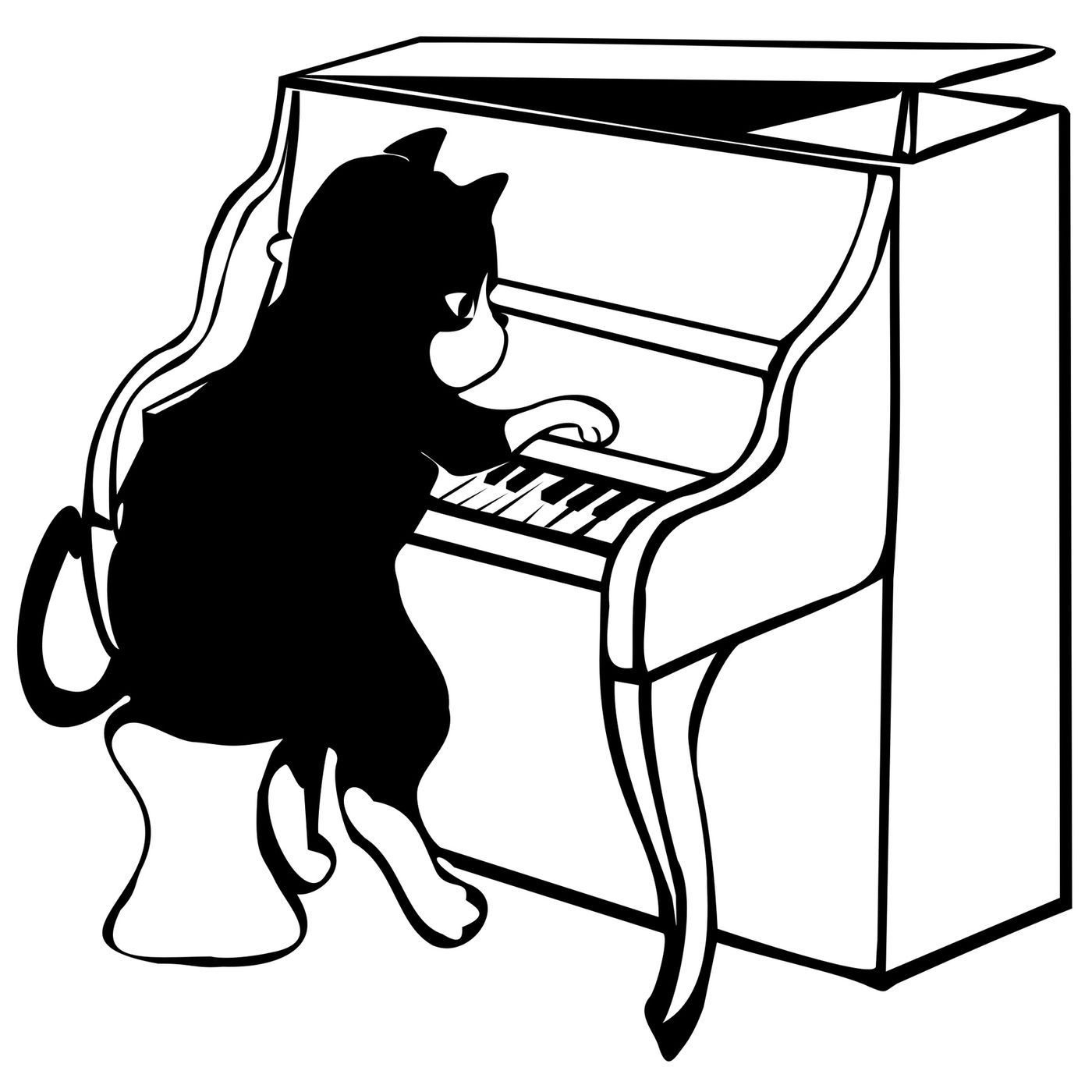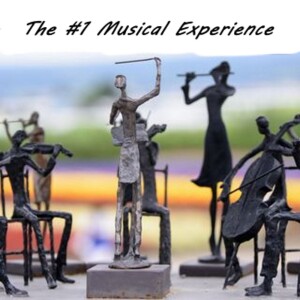
As jazz spread around the world, it drew on national, regional, and local musical cultures, which gave rise to different styles. New Orleans jazz began in the early 1910s, combining earlier brass band marches, French quadrilles, biguine, ragtime and blues with collective polyphonic improvisation. But jazz did not begin as a single musical tradition in New Orleans or elsewhere. In the 1930s, arranged dance-oriented swing big bands, Kansas City jazz (a hard-swinging, bluesy, improvisational style), and gypsy jazz (a style that emphasized musette waltzes) were the prominent styles. Bebop emerged in the 1940s, shifting jazz from danceable popular music toward a more challenging "musician's music" which was played at faster tempos and used more chord-based improvisation. Cool jazz developed near the end of the 1940s, introducing calmer, smoother sounds and long, linear melodic lines. Get bonus content on Patreon
view more
Hosted on Acast. See acast.com/privacy for more information.
More Episodes
I - Allegro Schubert String Quintet
 2022-09-08
2022-09-08
 2022-09-08
2022-09-08
Mozart Requiem in D minor,
 2022-08-15
2022-08-15
 2022-08-15
2022-08-15
Bach - Fantasia and fugue in Gm, BWV 542
 2022-08-01
2022-08-01
 2022-08-01
2022-08-01
1812 Overture
 2022-07-14
2022-07-14
 2022-07-14
2022-07-14
Favorites From The 50's
 2022-06-09
2022-06-09
 2022-06-09
2022-06-09
Giuseppe VerdiVoice(s) and Piano Attila
 2022-05-28
2022-05-28
 2022-05-28
2022-05-28
Carles Trepat - Spanish classical guitar
 2022-05-26
2022-05-26
 2022-05-26
2022-05-26
Giuseppe Verdi - Falstaff - 3
 2022-05-24
2022-05-24
 2022-05-24
2022-05-24
Bach- French Suite no. 6, BWV 817
 2022-05-20
2022-05-20
 2022-05-20
2022-05-20
12345678910111213141516171819
Create your
podcast in
minutes
- Full-featured podcast site
- Unlimited storage and bandwidth
- Comprehensive podcast stats
- Distribute to Apple Podcasts, Spotify, and more
- Make money with your podcast
It is Free
- Privacy Policy
- Cookie Policy
- Terms of Use
- Consent Preferences
- Copyright © 2015-2024 Podbean.com






